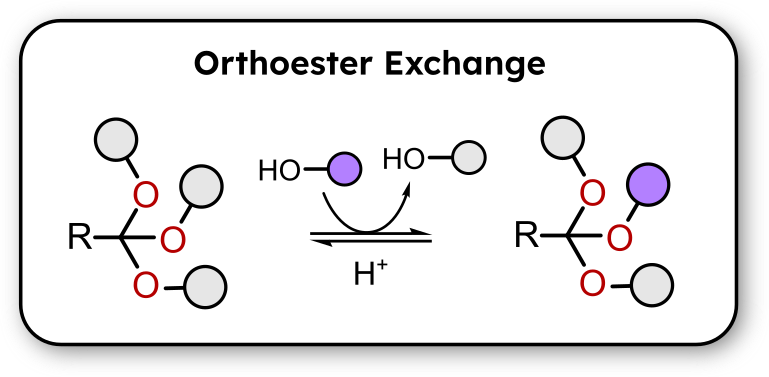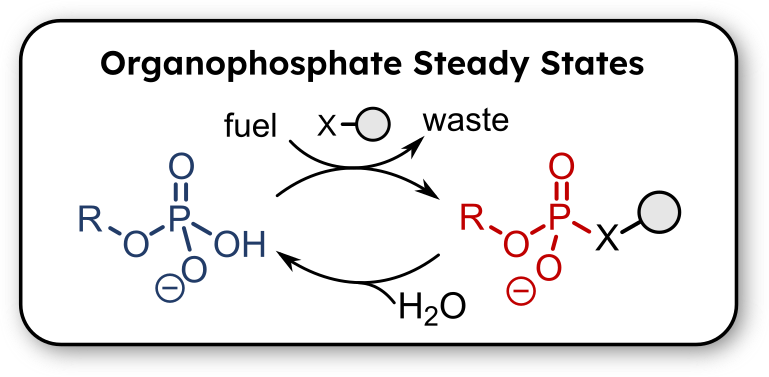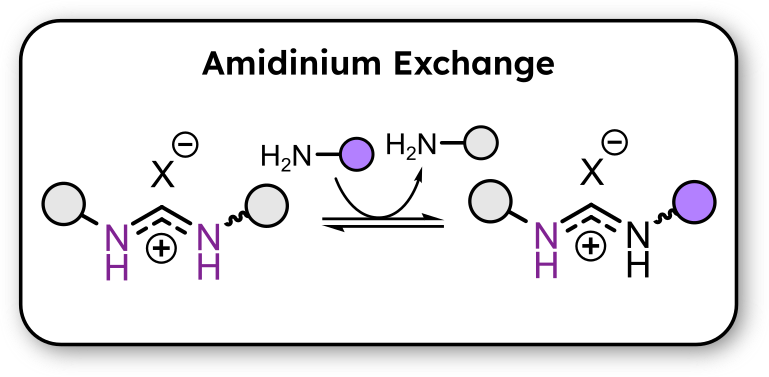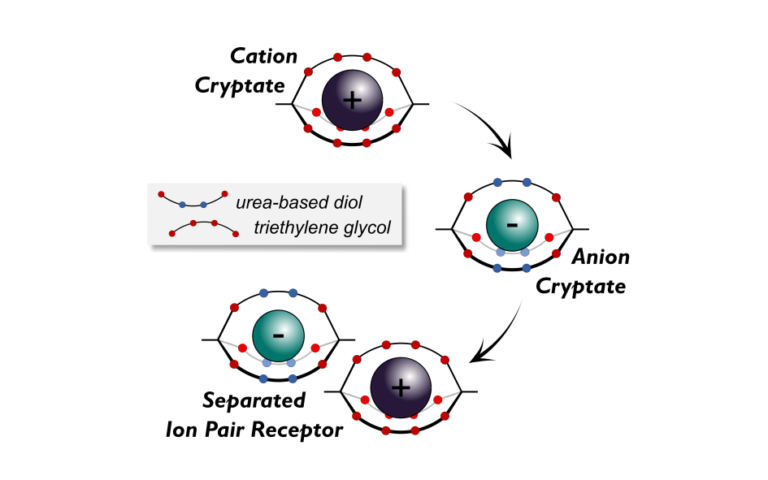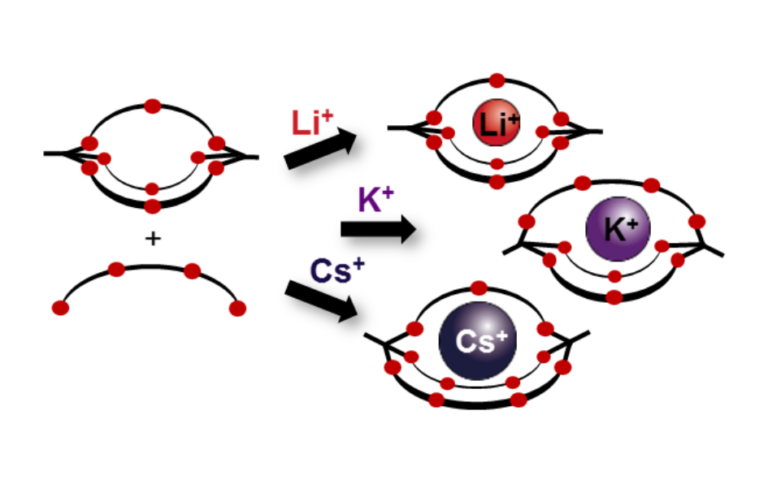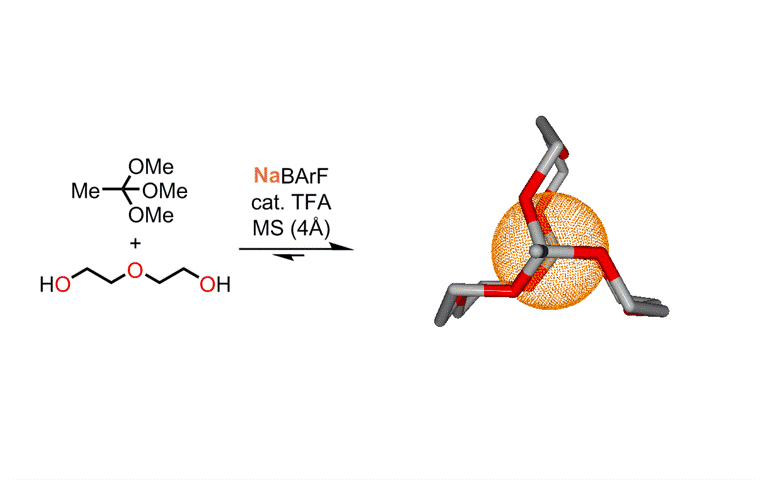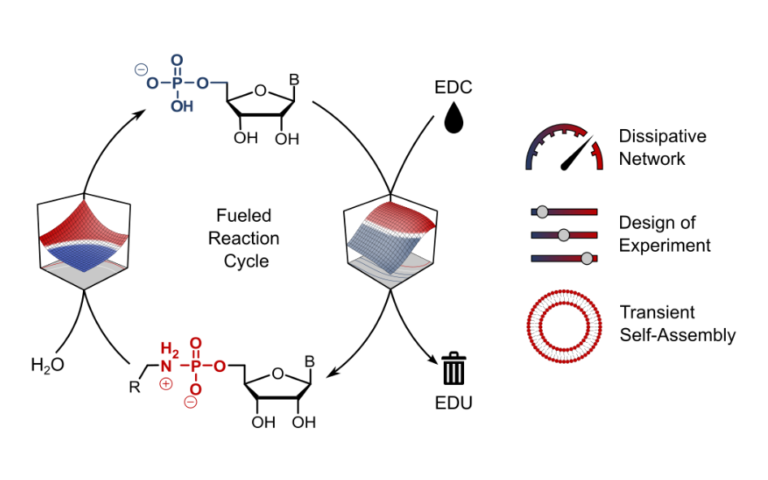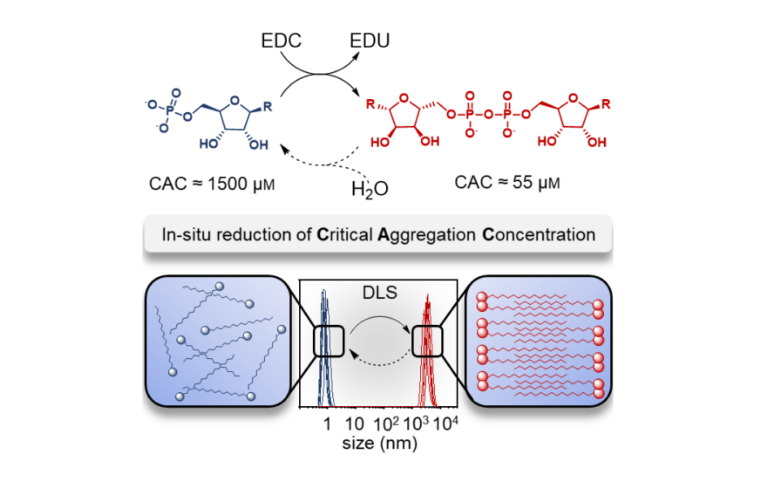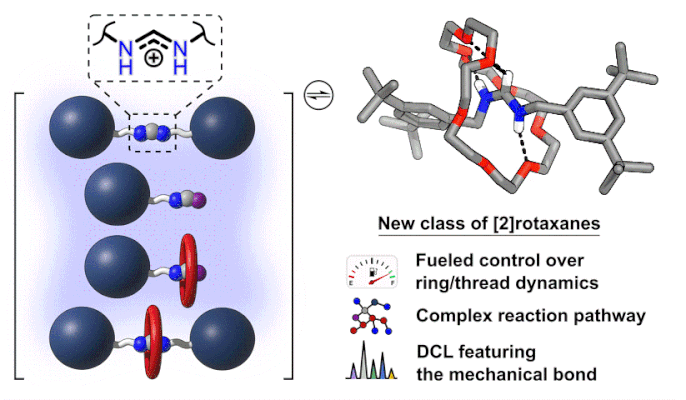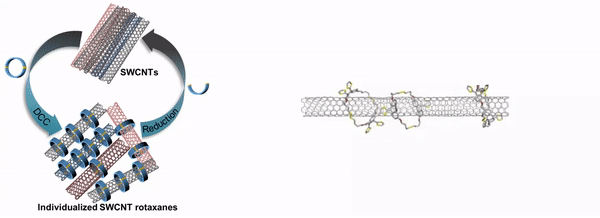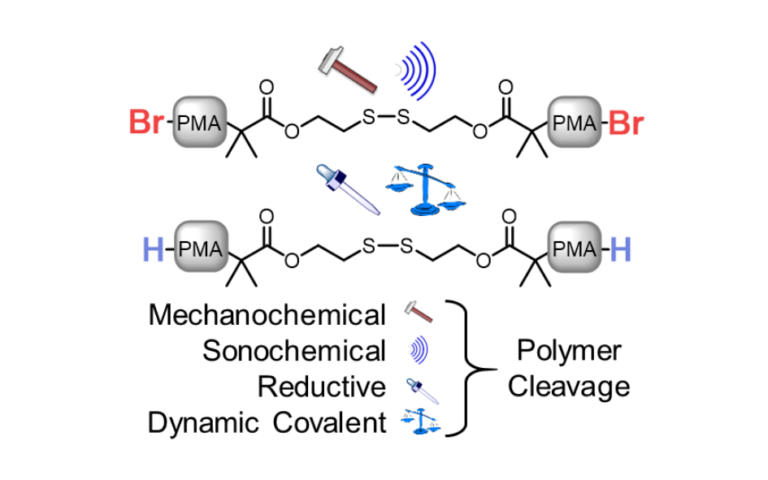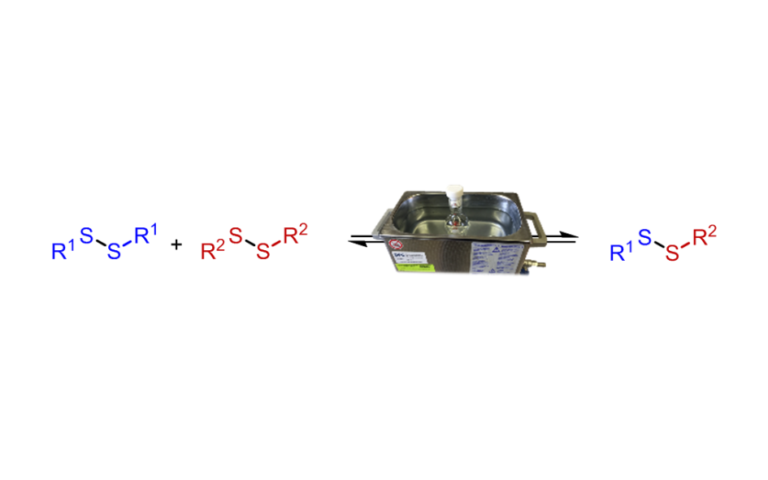Systems chemistry is a young discipline that takes a look at the long-ignored dynamic processes occurring in complex chemical mixtures. As such, systems chemistry breaks with a long-held dogma of preparative chemistry: the focus no longer lies on isolated, pure compounds, but rather on dynamic mixtures of molecules.
Of particular interest are molecular networks that exhibit the ‘far-from-equilibrium’ phenomena ubiquitously found in macroscopic and (sub-)microscopic biological systems: self-replication, sustained (chemical) oscillations or non-linear responses to stimuli.
Dynamic chemistries we focus on
Orthoester Exchange
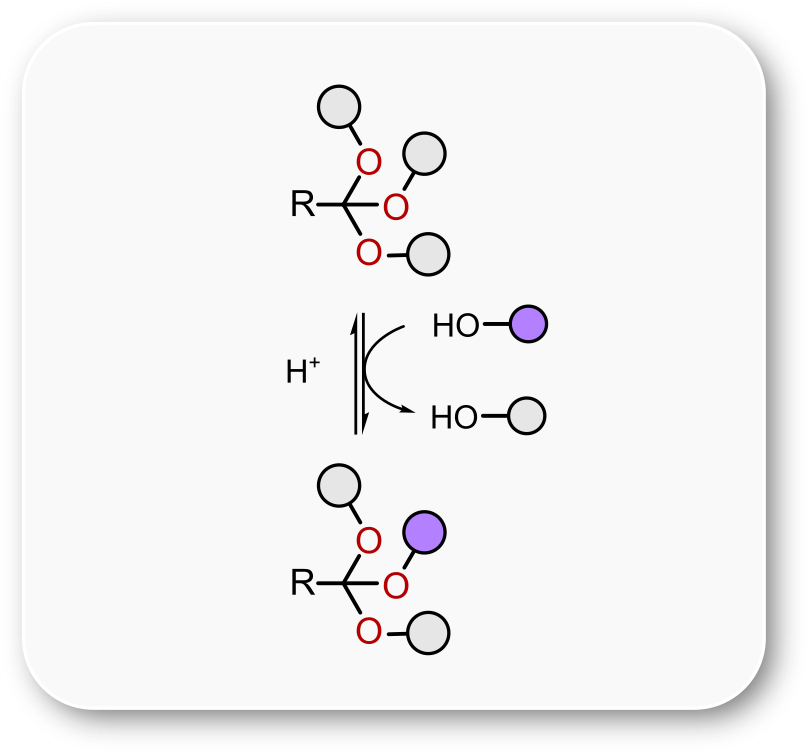
We have entered this field by introducing the acid-catalyzed exchange of O,O,O-orthoesters to the toolbox of dynamic covalent chemistry. Our studies demonstrated that orthoesters readily exchange with a wide range of alcohols under mild conditions and we disclosed the first report of an orthoester metathesis reaction.
We were able to use orthoester exchange for the one-pot template synthesis of a new class of coronates and cryptates, in which acid-labile O,O,O-orthoesters serve as bridgeheads. In contrast to their classic analogues, these new compounds are constitutionally dynamic in the presence of acid (giving rise to some fascinating systems chemistry effects) and can be induced to release their guest via irreversible deconstruction of the cage. These unprecedented properties open up a wide range of application opportunities, from systems chemistry to molecular sensing and drug delivery.
Key publications
Angew. Chem. Int. Ed. 2022, 134, e202201831
Angew. Chem. Int. Ed. 2017, 56, 776‒781
Nat. Commun. 2015, 6, 7129
Organophosphate Non-Equilibrium Steady States
Our research group also focuses on creating and studying out-of-equilibrium systems through chemically fueled reaction cycles. We develop dissipative phosphoramidate-based reaction networks and use them to generate transient self-assemblies, which have potential implications for origin-of-life scenarios.
In another aspect of our phosphate-focused research, we introduce robust and versatile chemically-driven reaction cycles, specifically focusing on acylphosphate steady states. These states can be accessed from various organophosphates using carboxylic anhydride or carbodiimide fuels. The organophosphate/acylphosphate reaction cycle holds promise for chemically-driven molecular machines and transient self-assemblies.

Key publications
J. Am. Chem. Soc. 2022, 144, 15266‒15274
Chem. Eur. J. 2022, 28, e202104116
Amidinium Exchange
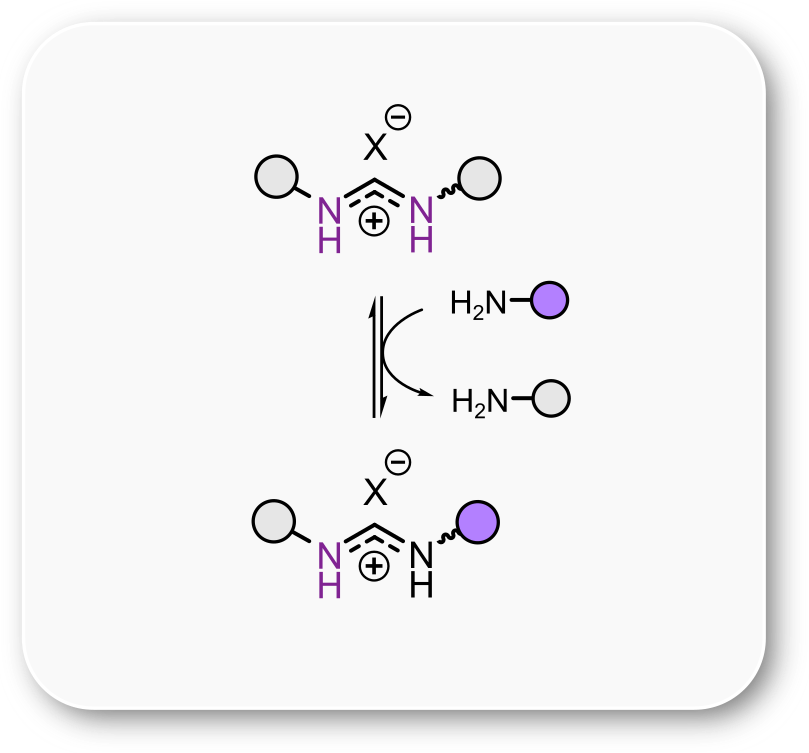
Our research aims to expand the dynamic covalent chemistry toolbox, offering adaptable and robust molecular systems with broad applications in various domains of chemistry and materials science. Recently, we started to study an underexplored dynamic covalent reaction – amidinium exchange. The amidinium moiety represents a unique combination of hydrolytically stable planar structure, net positive charge and the ability to donate hydrogen bonds. We believe that these properties together with the possibility to conduct dynamic covalent exchange make this compound class very interesting for the self-assembly of supramolecular architectures.Recently, we used amidinium exchange to synthesize stimuli-responsive [2]rotaxanes and dynamic combinatorial libraries. We also discovered the sensitivity of the amidinium exchange kinetics to the presence of anions.
Key publications
Chem. Commun. 2022, 58, 10178‒10181
J. Am. Chem. Soc. 2021, 143, 16448‒16457
Disulfide Exchange
We also explore well-established dynamic covalent reactions such as disulfide exchange. Our group investigates methods for the reversible manipulation of disulfide bonds using different stimuli, including ultrasound irradiation, mechanical force, radical species, and reductive agents. We use these methods to synthesize polymeric materials as well as to prepare complex dynamic networks based on orthogonal dynamic chemistries. Additionally, our group is interested in functionalizing carbon nanotubes with disulfide macrocycles, achieving size-selective functionalization for nanotube purification.
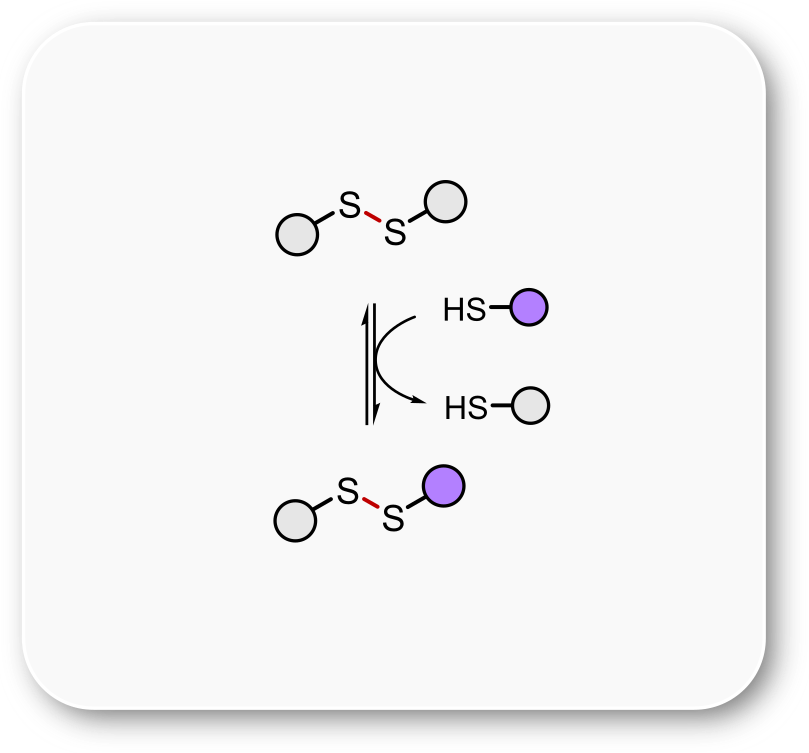
Key publications
Angew. Chem. Int. Ed. 2020, 59, 18774‒18785
J. Polym. Sci., Part A: Polym. Chem. 2018, 56, 1404‒1411
Chem. Commun. 2016, 52, 6363‒6366


